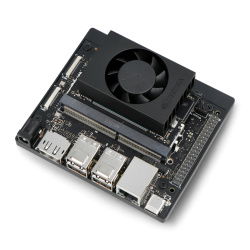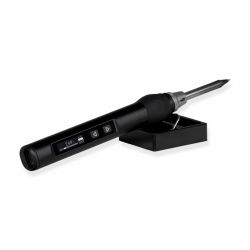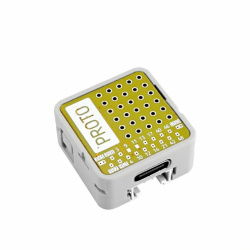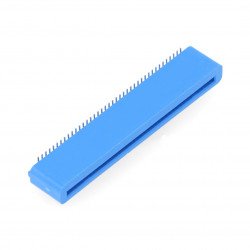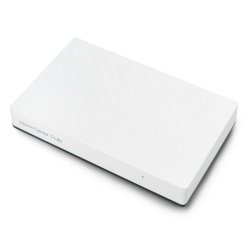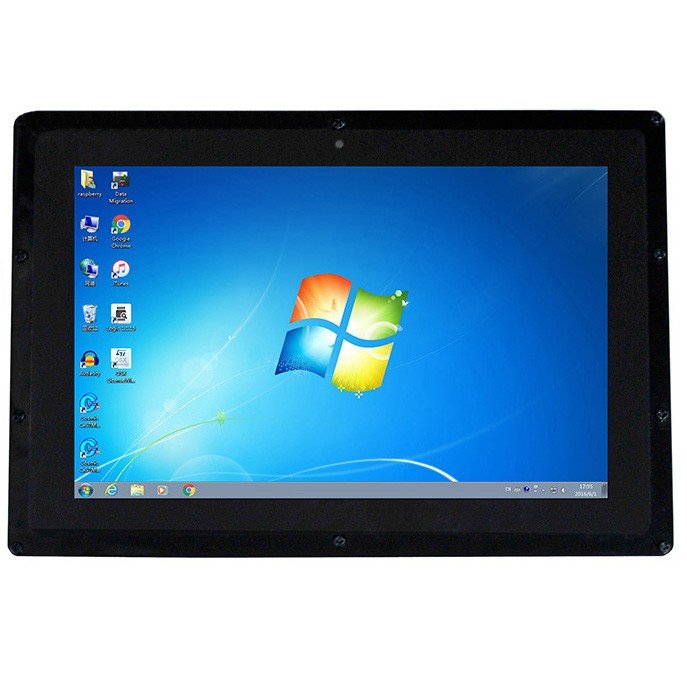Making printed circuit boards on your own, which once required laborious, manual drawing of paths on laminate, today - in the era of laser printers and photochemical methods - has become a pleasure. However, before starting work it is worth to equip yourself with the necessary reagents and additional equipment which will not only speed up the work but also significantly improve the results. The quality of the materials used is just as important as the working technique, skills and experience of the manufacturer. In this category you will find high-quality etchants and other reagents and equipment for fast PCB manufacturing.
- Relevance
- New products first
- Name, A to Z
- Name, Z to A
- Price, low to high
- Price, high to low
- In stock
- Random
- 12
- 24
- 60
Etcher for circuit boards B327 - 100g
Printed circuit board etching agent. Dissolves very quickly and does not crystallise from the solution. It etch evenly, ensuring sharp contours and minimising irritation.Universal Developer for Photolakers and Positive Laminates - 22g
A product to develop photo-varnishes and positive plates. Provides good quality and sharpness of contours. It does not contain NaOH, which increases work safety.See also
PCB etching
Almost every method of PCB manufacturing involves the removal of copper where the insulation between tracks and solder pads is to run. There are two main methods - milling and etching in an aqueous solution of a highly chemically reactive substance - this is called an etchant, which is most often used as fine crystalline sodium persulfate (B327). In the case of etching, the work consists of covering the places where the paths will run - and here, too, we can identify two varieties of this technology (transfer of paths by photochemical method and thermal transfer). Regardless of the method of transferring the mosaic of tracks onto the laminate, the actual etching process is the same and consists of placing the laminate in an etching solution at the appropriate temperature.
Speeding up the etching process
The etching process goes faster and gives better results if you take care of the fluid movement in addition to maintaining the right temperature. Although you can ensure this by quietly stirring the solution by hand, it is much easier and better to use a special etching machine, which will ensure the continuous movement of the liquid by forcing air bubbles into it. In our offer we have got etching machine from Velleman company - apart from the transparent, vertical container with a capacity of as much as 2.5 l, the kit also includes an electric heater and a pump, injecting air bubbles into the etching solution, which incredibly accelerates the etching process. This is important not only for the convenience and speed of work, but also for the results - faster etching in the right conditions is a guarantee of absence of harmful sub-etching and other damages of the produced PCB.
Other reagents for PCB production
When making printed circuit boards on your own, it's worth having at hand not only etchant, but also other substances which will improve the final effect both visually and in terms of use - e.g. making it easier to solder and the accuracy of track reproduction. If you want to achieve high quality of tracks and soldering pads (especially thin connections and small insulation gaps), use photochemical method for which - apart from Positiv varnish or light sensitive laminate - you will need special developer. The finished board (regardless of the method of making it) should be whitened with a preparation for currentless tin plating of copper, which will protect the surface from oxidation and make soldering much easier.













